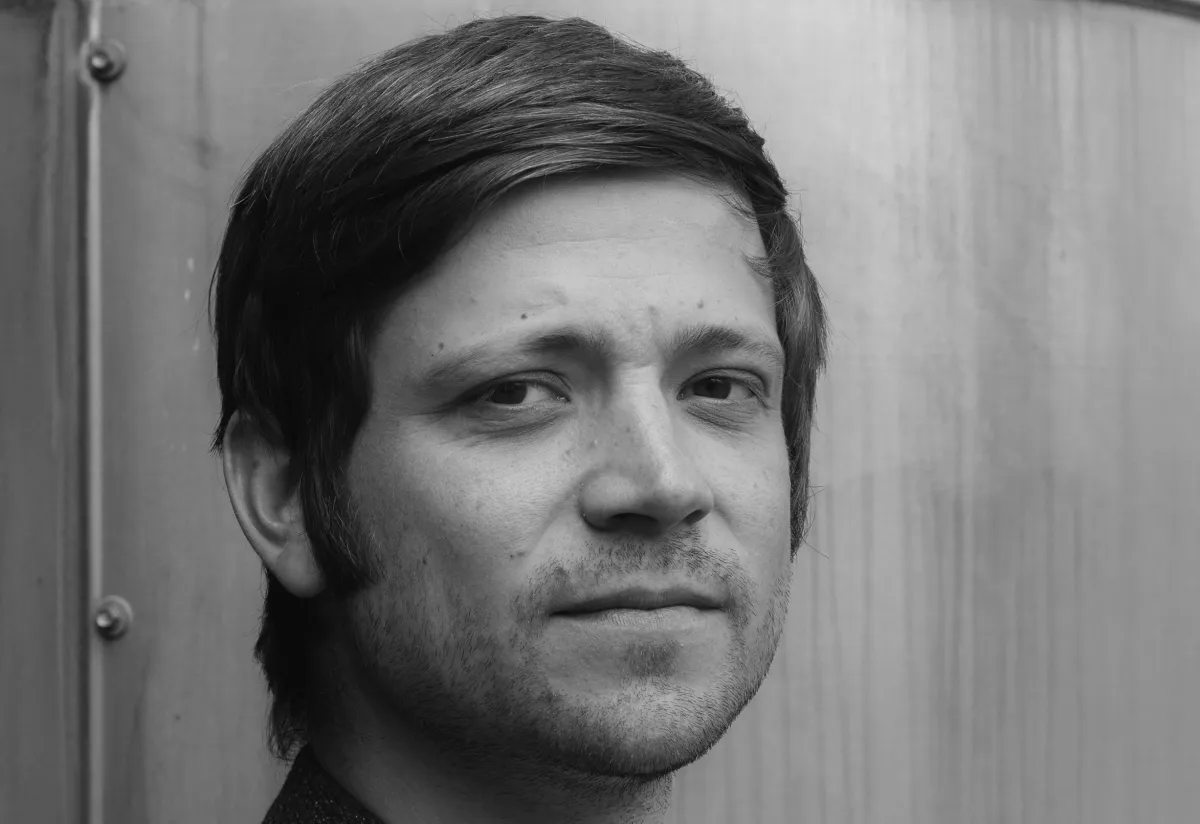Gallant lies 2

A hand (Paul Celan)
The table, made of hour wood, with
the plate of rice and the wine.
There is
silence, eating, drinking.
A hand that I kissed,
lights up the mouths.
Gallant Lies: the poetry column under the pen of Alexandru Bulucz - loosely based on Johann Christian Günther, the Baroque poet on the threshold of the Enlightenment, who mocked poets by saying that they were "only gallant liars". Poetry will be reflected on and presented here: in reviews, essays, monthly poems and occasionally also lists of best poems.
When Ingeborg Bachmann and Paul Celan became lovers again in the autumn of 1957, they also picked up the thread of their poetic interchange. However, they were not granted much time: On January 7, 1958, he sent her "Eine Hand"( A Hand )- this poem, evoking a silence, was, fittingly, the last that he would send to her. In 1959, he then included it in his poetry collection 'Sprachgitter'.
The imagery is eye-catching: A simple meal (a plate of rice and some wine), a hand as pars pro toto, representing the other person, and a kiss. The lyrical "we" remains unsettlingly implicit in the passive construction. Silence is treated as an integral part of the meal, almost as sustenance, an intangible companion to the eating and drinking.
The motifs of wine and silence make the poem susceptible to religious interpretation. It has also been discussed, for example, in the context of Passover and the celebration of the Last Supper. However, it is above all the 'hour wood' - the desecration of the sacred object into a table as a meeting place - that clearly places "A Hand" in religion. In conjunction with the kiss, it underlines the religious dimension of eroticism. Celan was probably already familiar with the chime and sound board (Greek semantron, a kind of musical instrument) of the Eastern churches, used in place of a bell; from Bukovina, later from Romania and probably also from the book The Hour Drum from the Holy Mount Athos (1956) by Erhart Kästner, who, in 1958, gave the "Speech for Paul Celan at the Bremen Literature Prize Award Ceremony".
The "calling" of monastic communities to church by striking the hour wood has been documented since the 4th century. An earlier form of this is said to have been waking the monks by banging on their cell doors with a so-called 'wake-up' hammer. Striking the hour wood, therefore, would be the more economical option. After the Pact of Umar which followed the Muslim conquest of Jerusalem in the 7th century, and which also regulated the liturgical practice of the Christians, this striking of the hour wood was, for the next four centuries, the only way of signalling any upcoming meetings. The instrument is to this day so present in Romania that the Romanian word for it, "toaca", has found its way into a number of Romanian idioms and has become closely linked to the concept of time in the Romanian-speaking world: "pe la toacă", for example, means "at vesper time".
Mountain sycamore is particularly suitable for the hour wood due to its composition, and the sound qualities and resonance it possesses. With its double-winged nut, that angel-like pair of wings used by children to play "helicopters", the sycamore is one of a category of plants whose seed dispersal is improved by wings (pterometeorochory, or a 'winged flyer' ) and as such coincidentally reflects the symbolic function of the hour wood as an angel's trumpet. The sounds of the hour wood bear witness to the religious idea of music created by the angels, connecting earthly and heavenly music, earth and heaven, man and God.
The Greek painter Emmanuel Zanfurnari, who was active in the late 16th and early 17th centuries and who is known for his compositionally complex Byzantine-Venetian style, openly demonstrated this connection - an exception in the rich history of art. In his panel painting "The Dormition of St. Ephraim the Syrian", housed in the Vatican Pinacoteca, the person striking the hour wood to gather the monastic mourners for Ephraim's funeral is not depicted as a monk, as one might expect, but as an angel. In one hand, the angel carries a small hour wood, the hand semantron, striking it with a wooden mallet held in the other.
Paul Celan doesn't specify which hour wood his poem concerns, the small or the large. The latter is a freely suspended wooden beam and can be struck with two wooden mallets.



